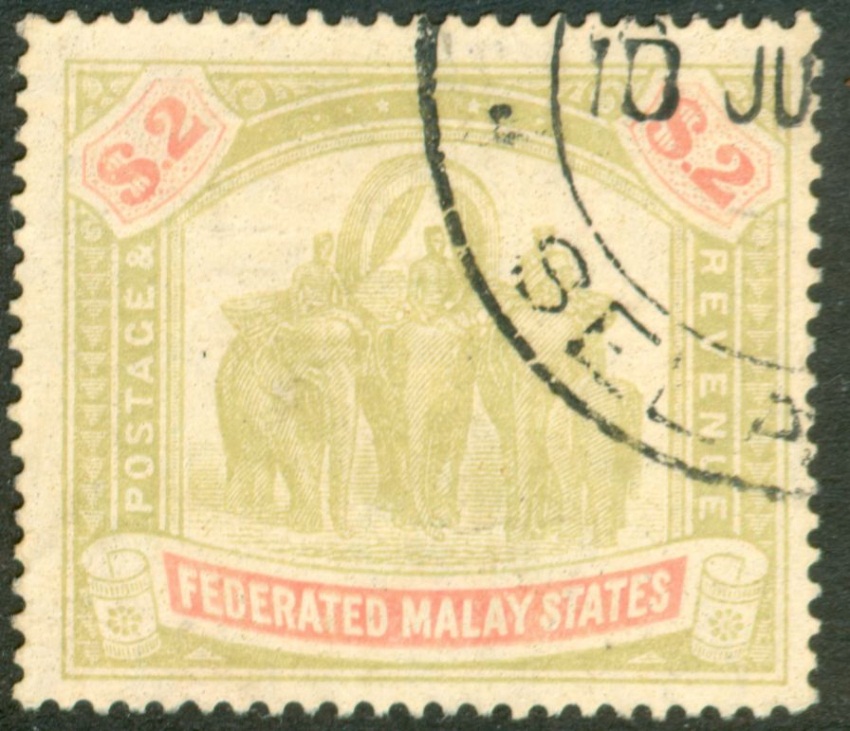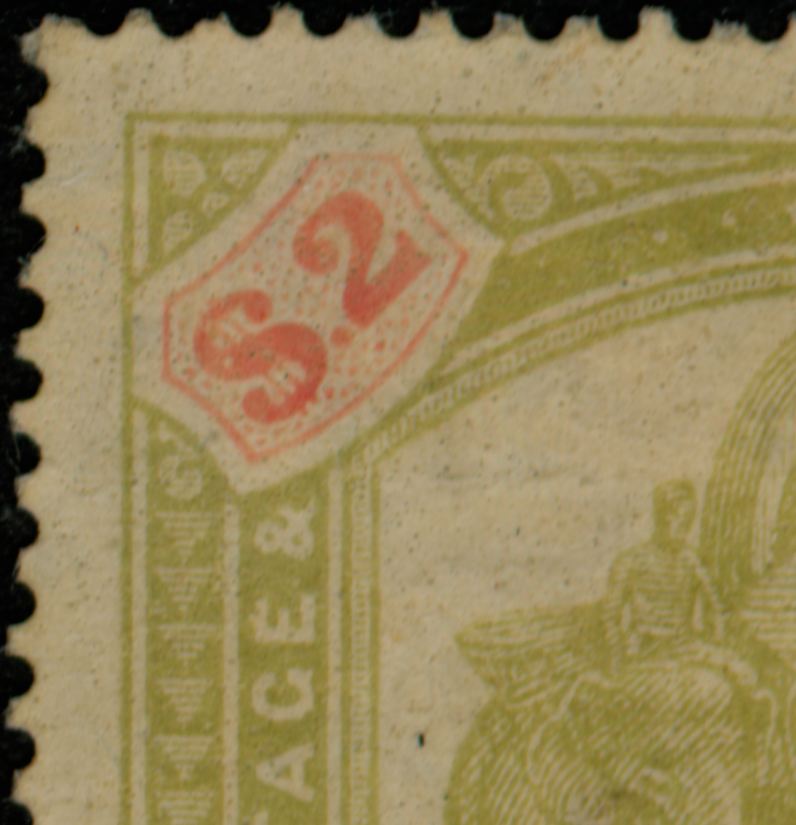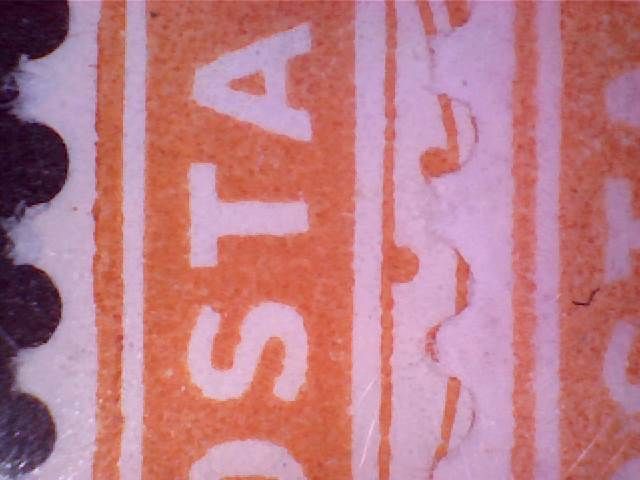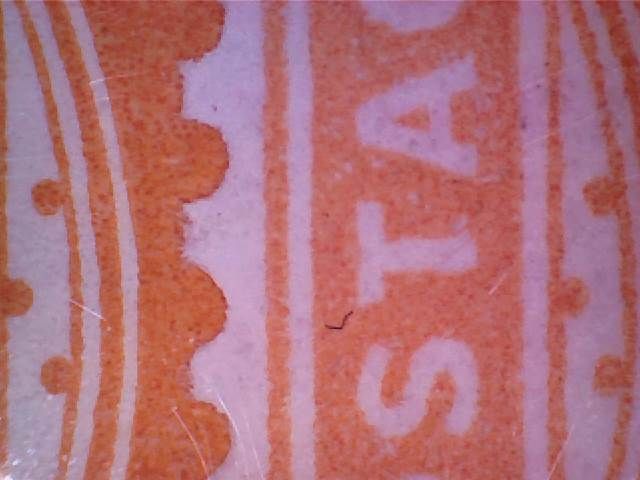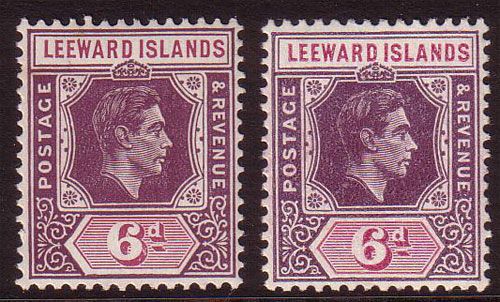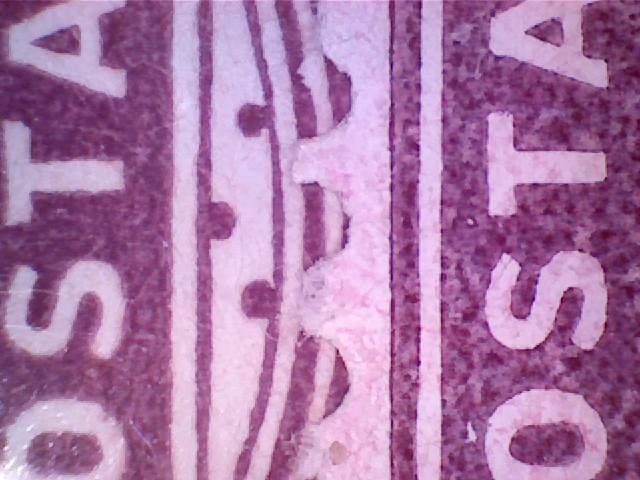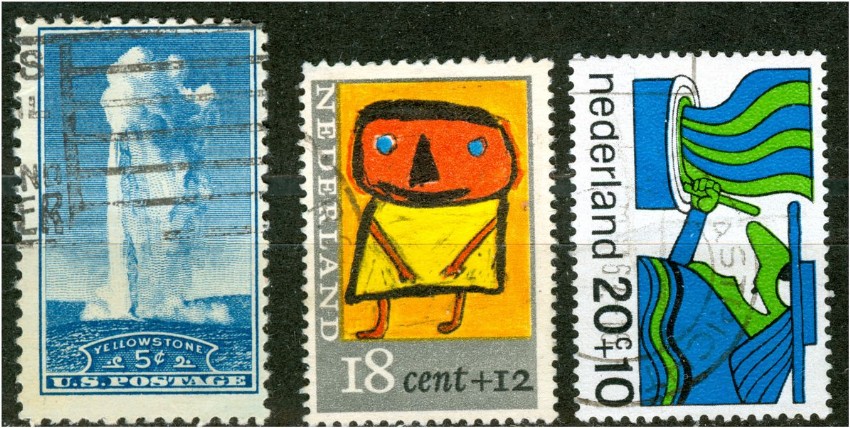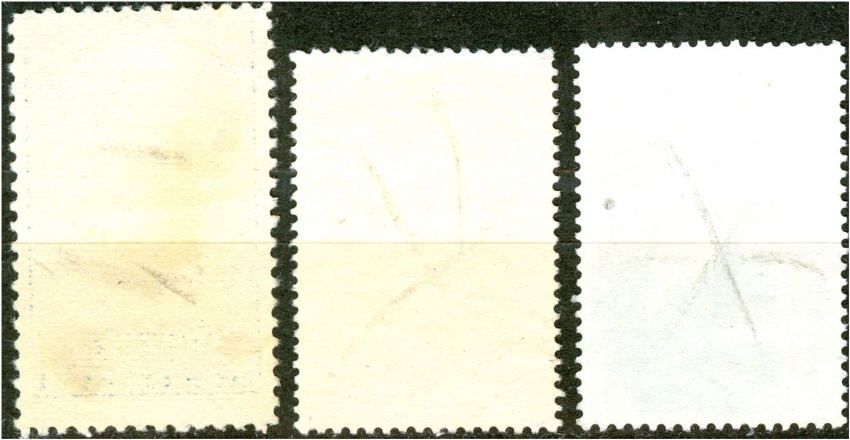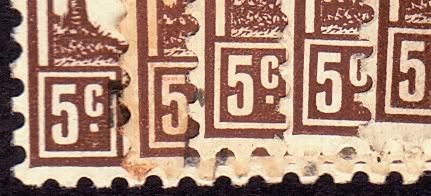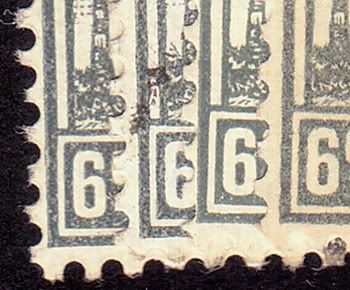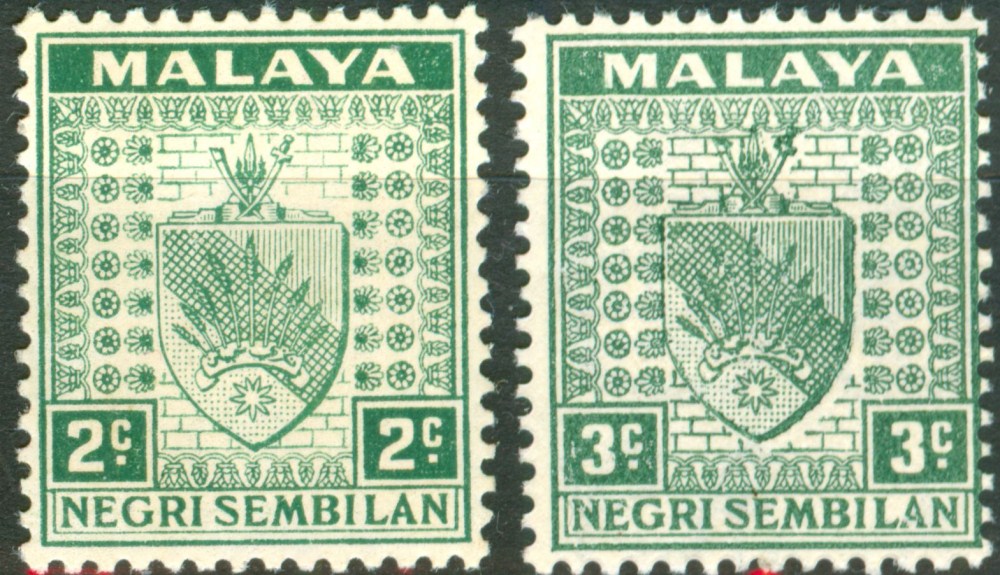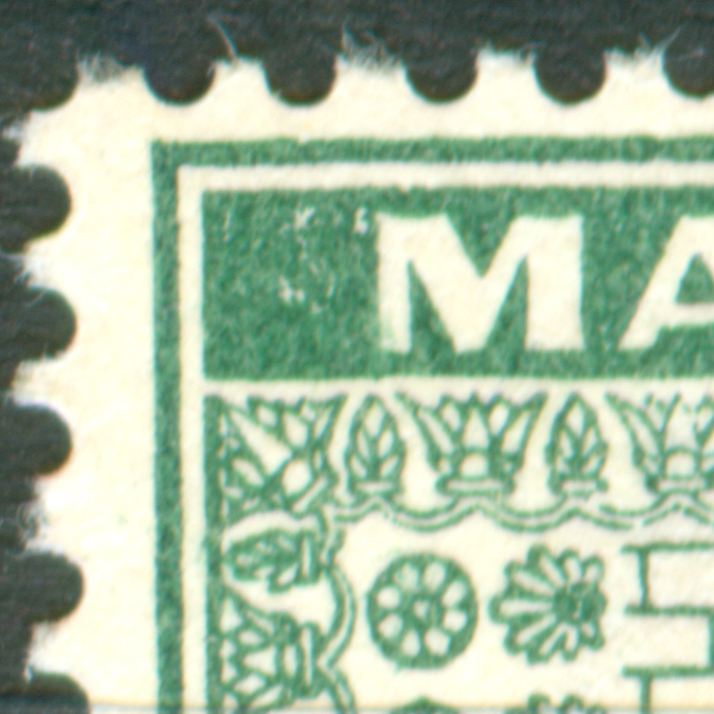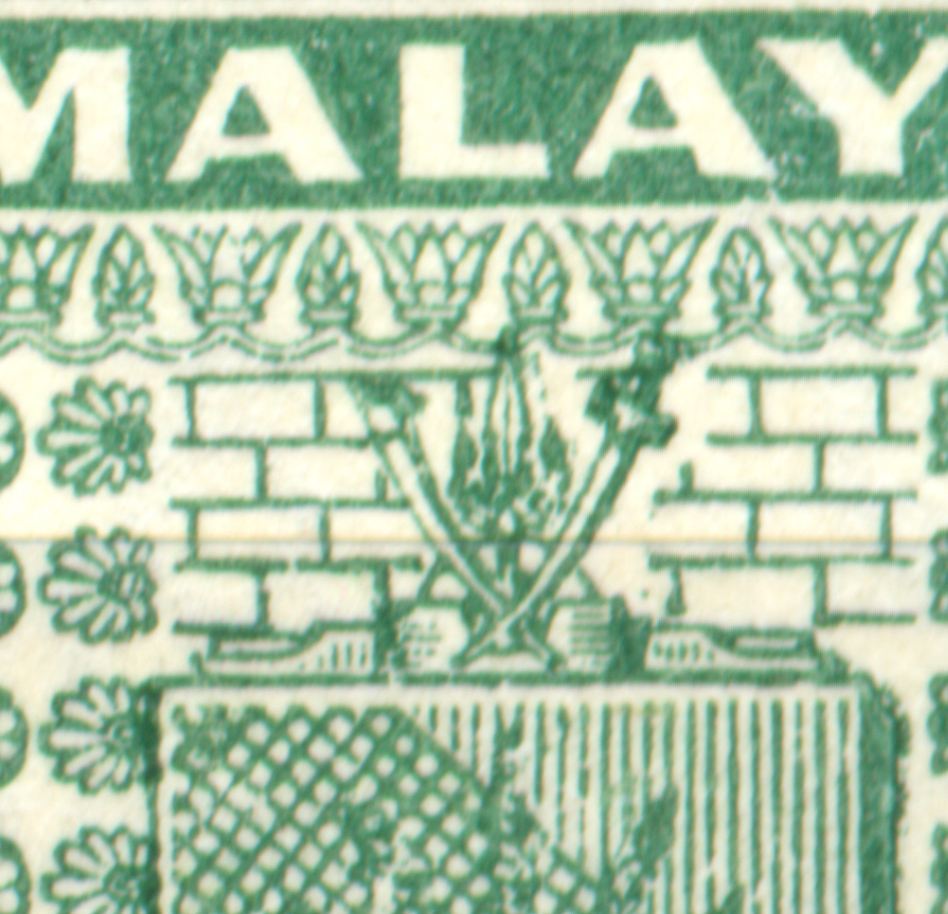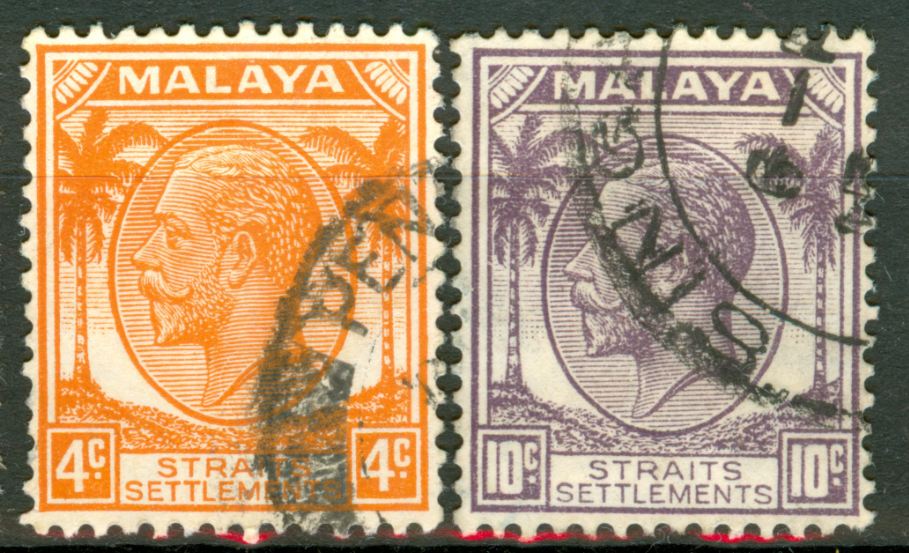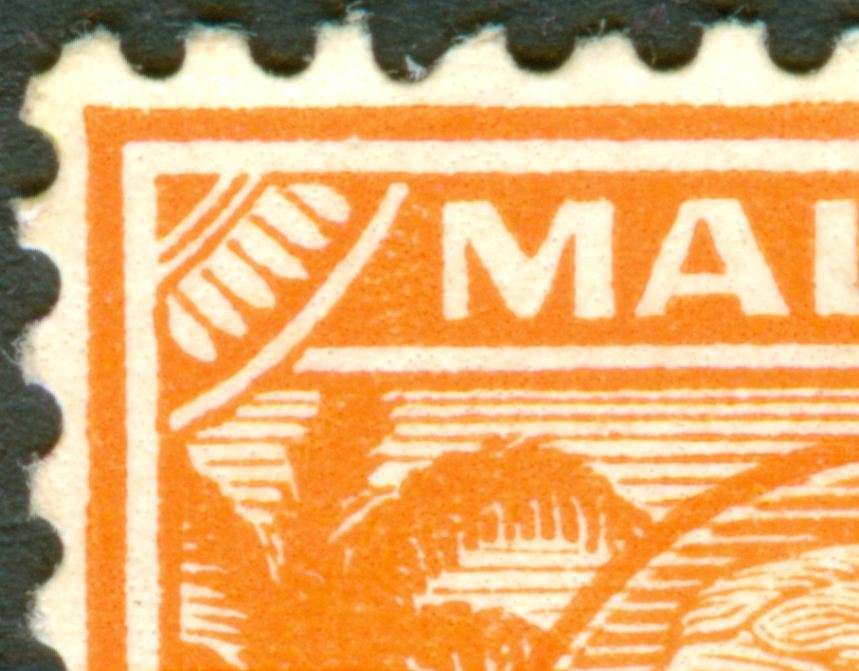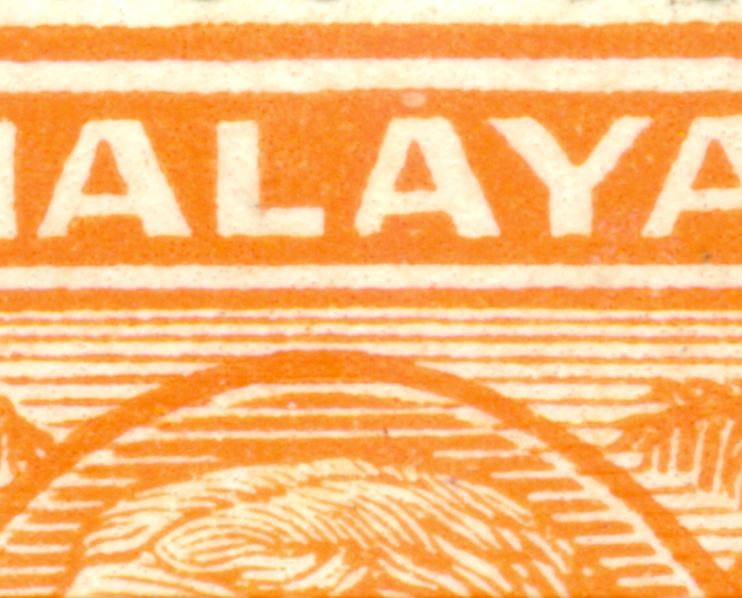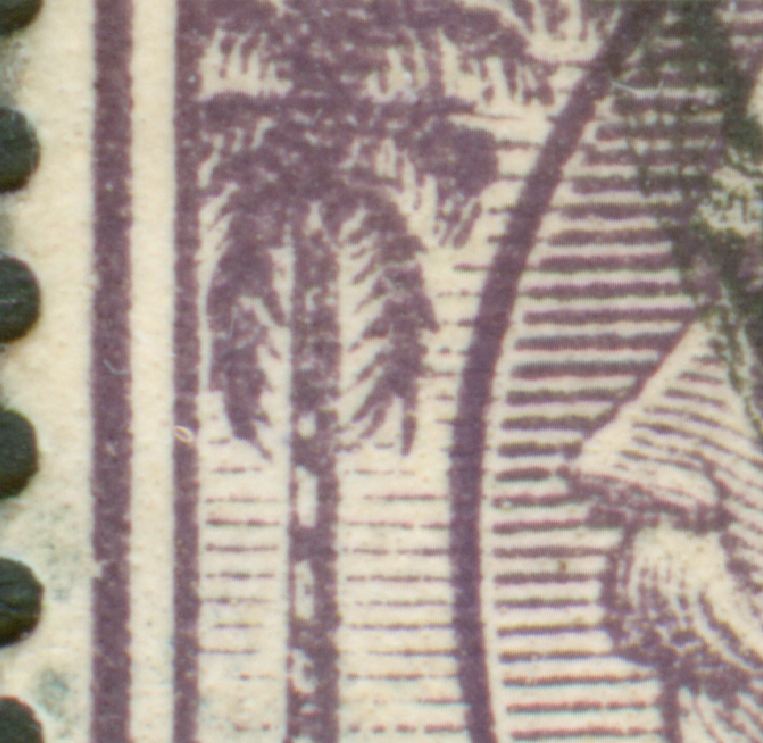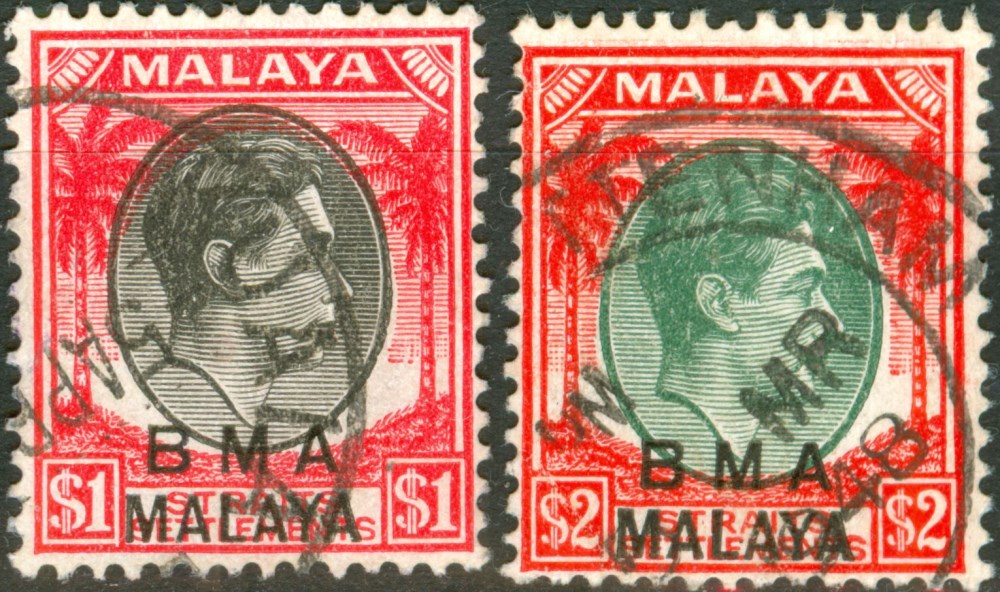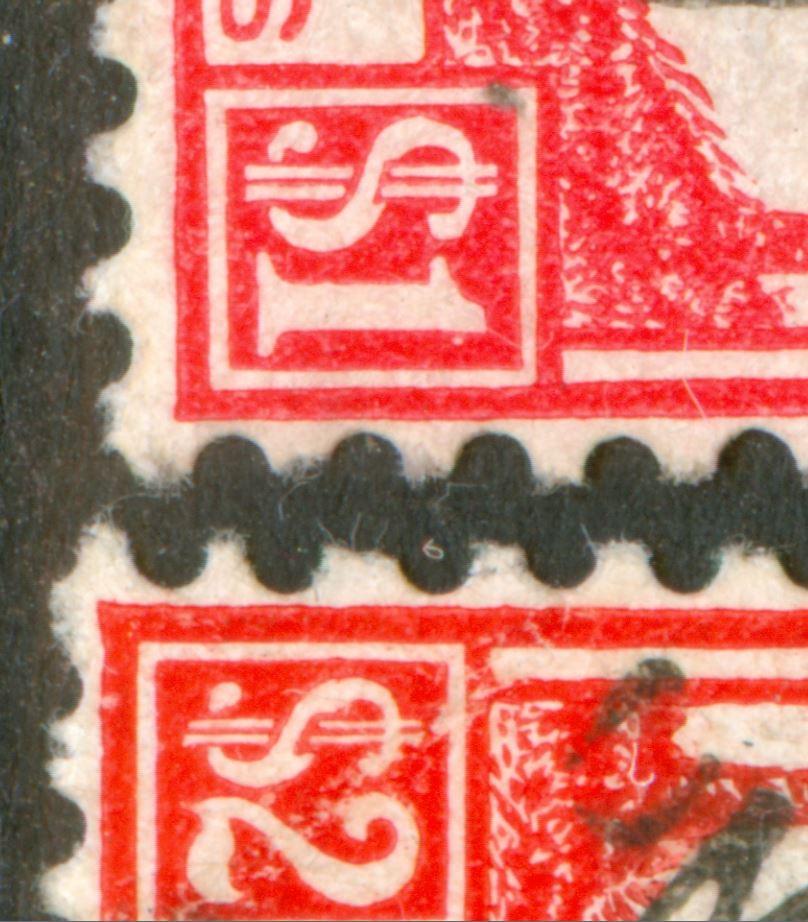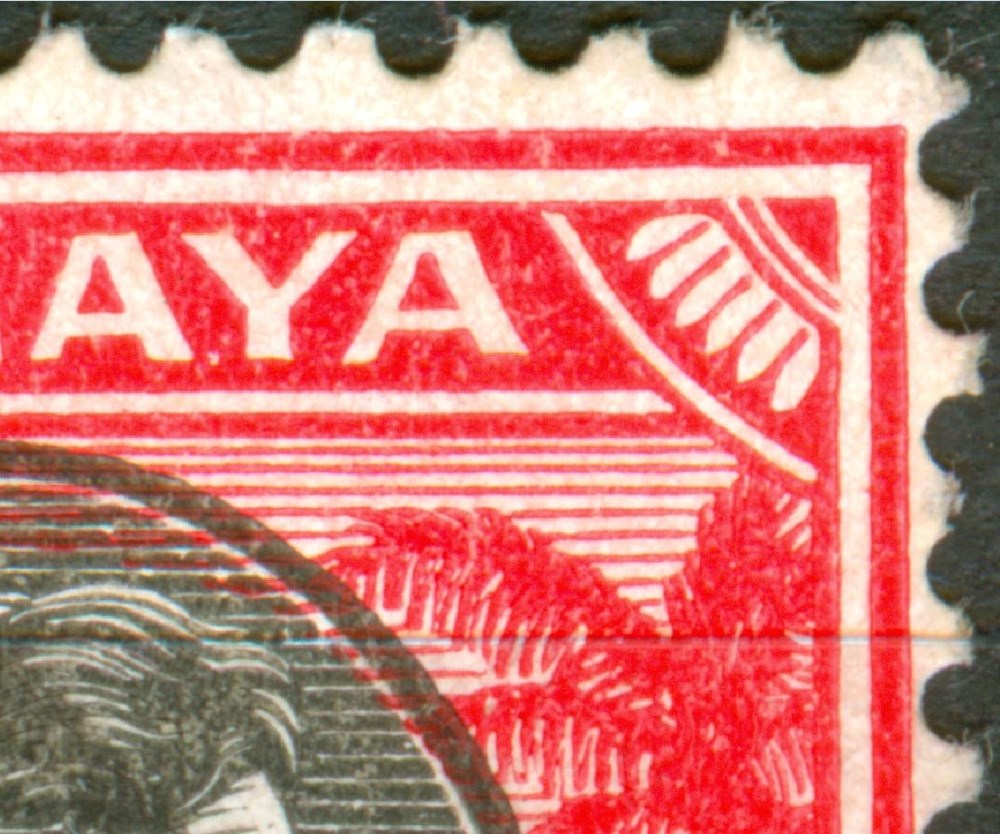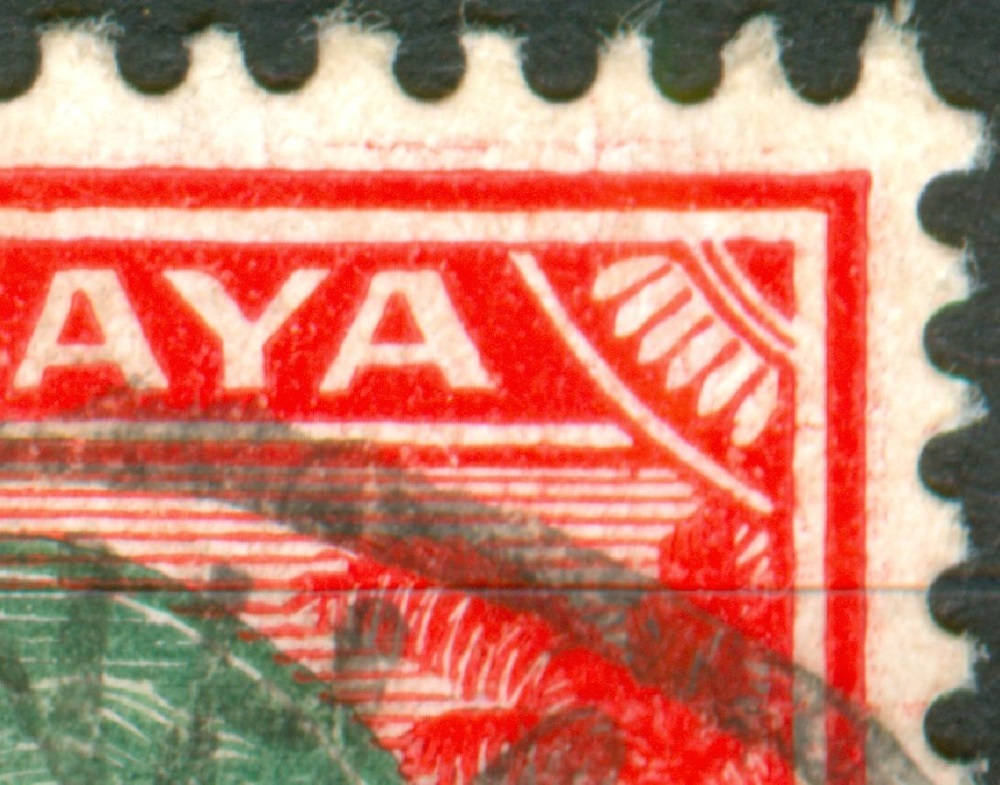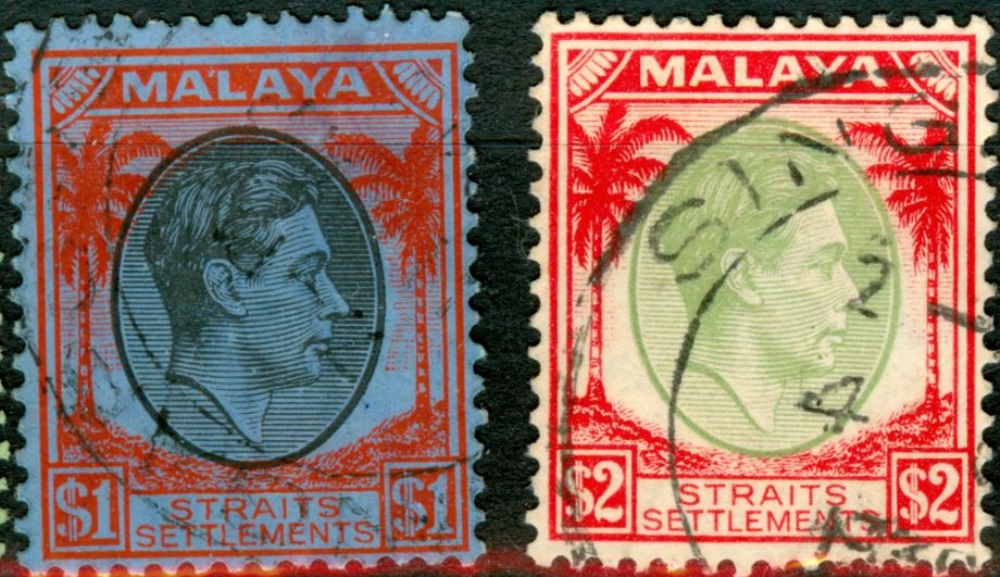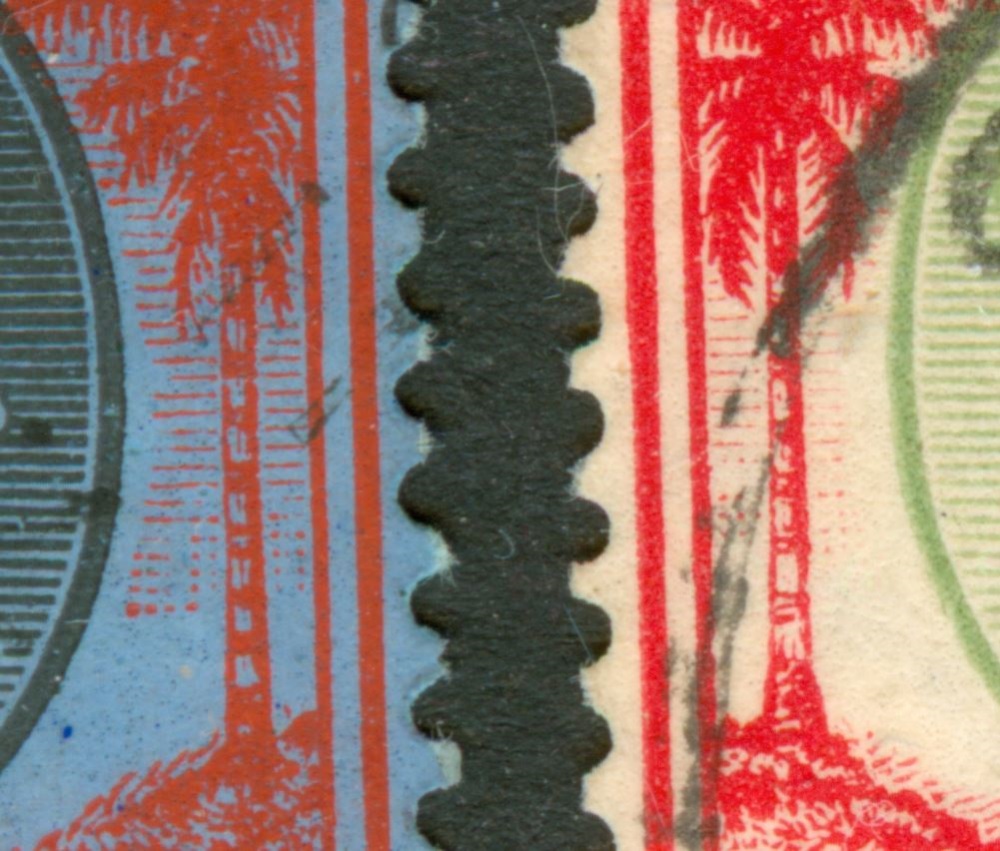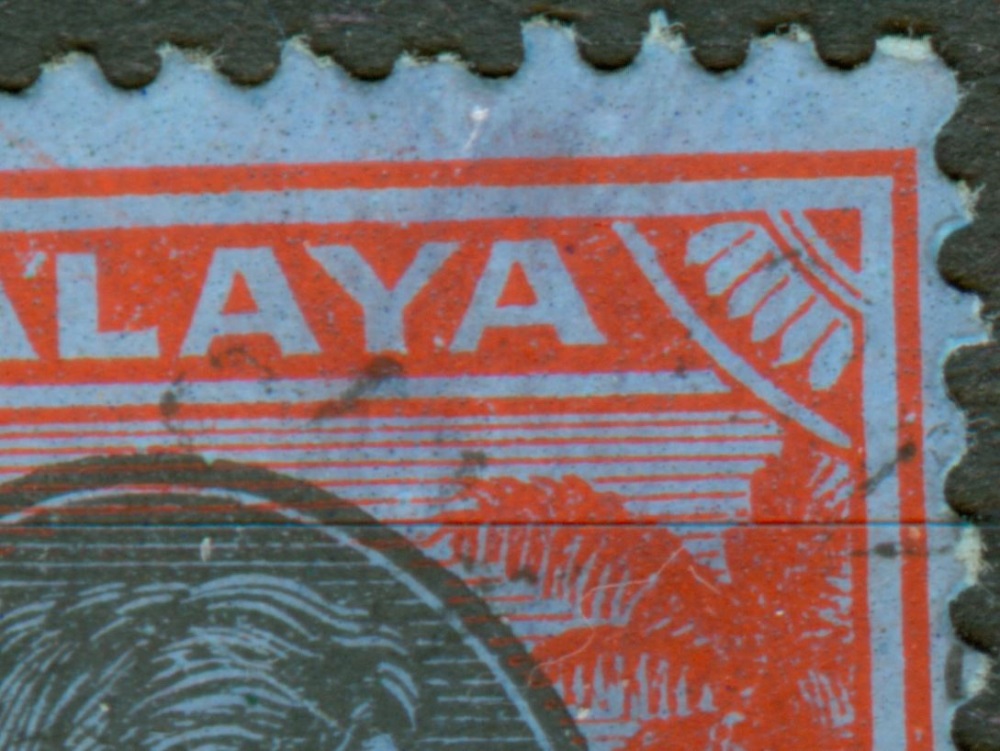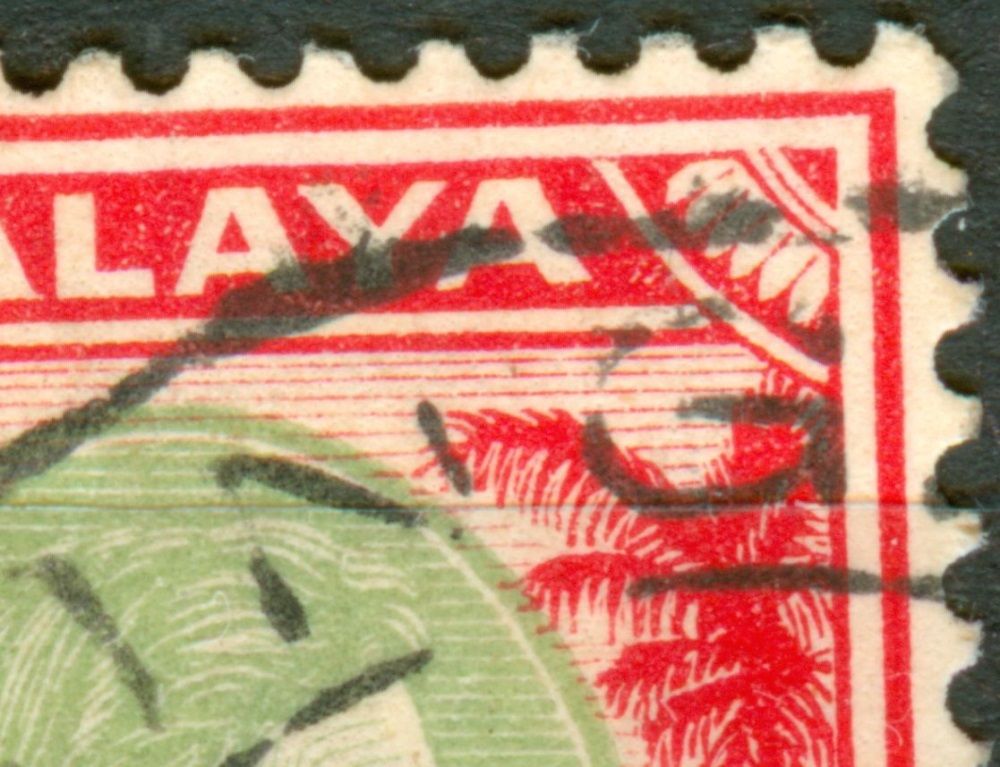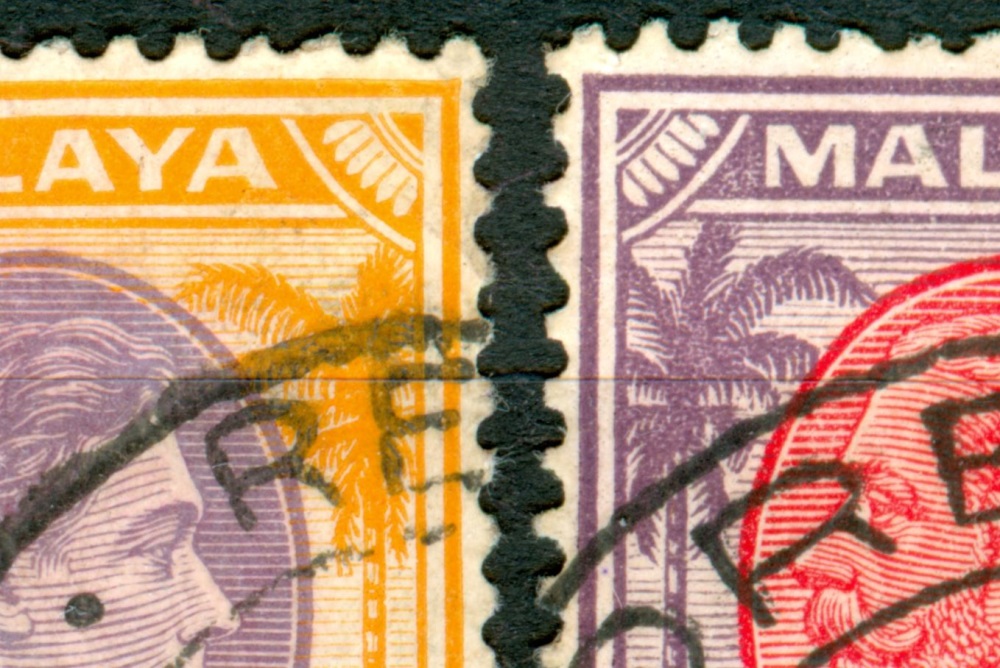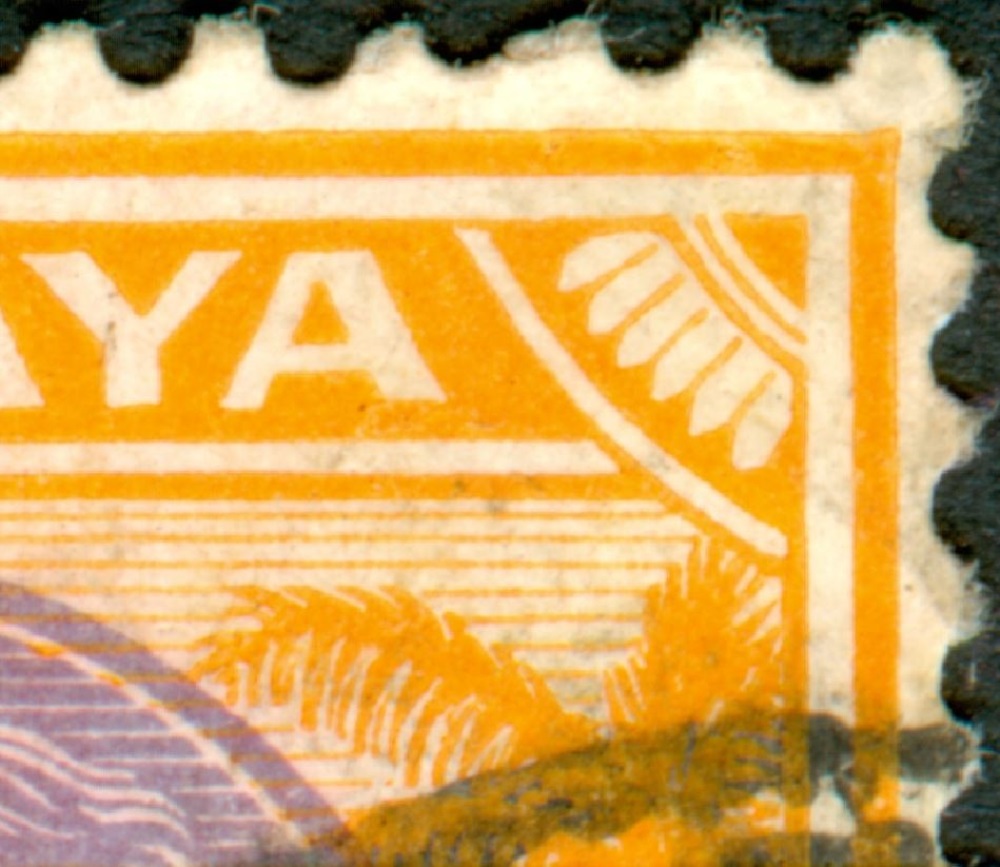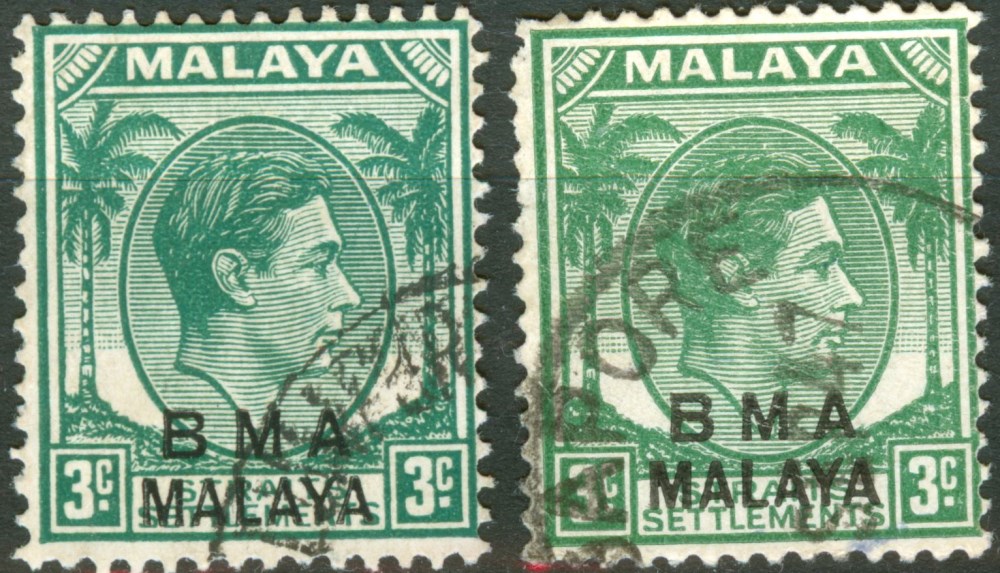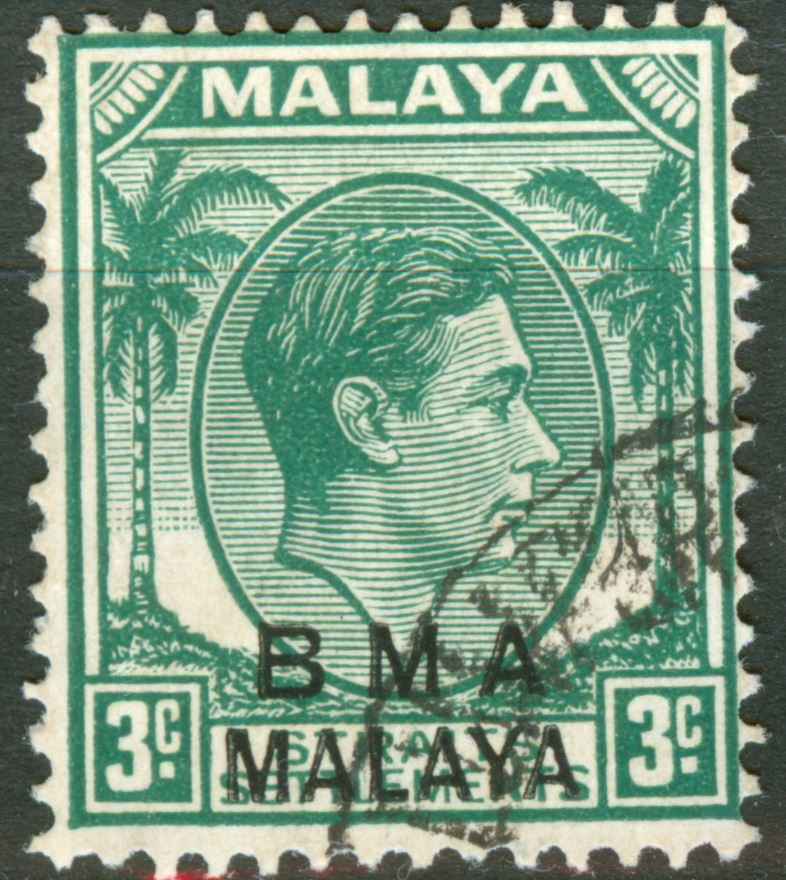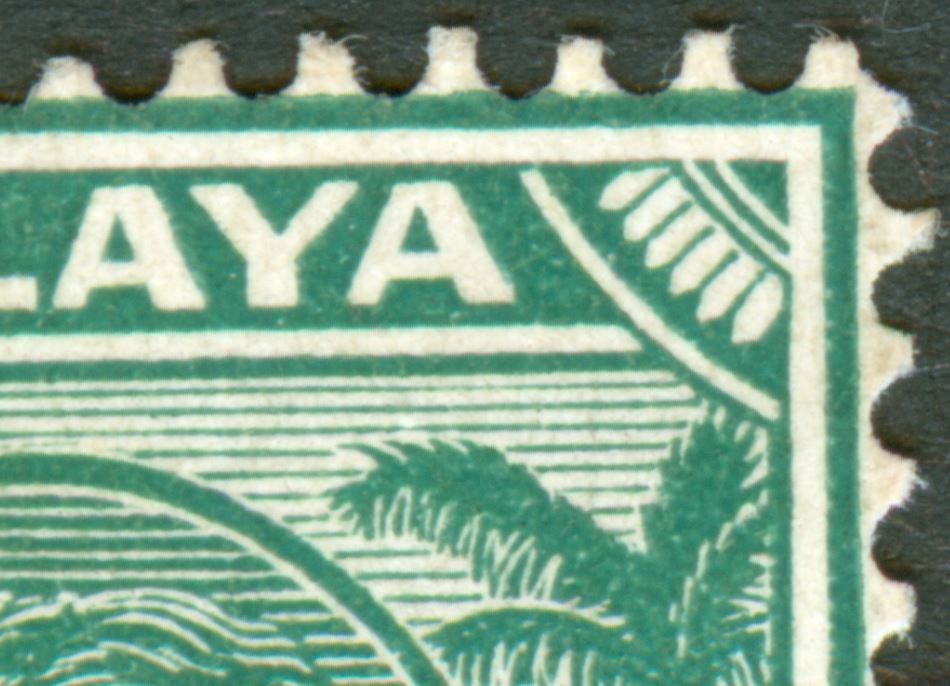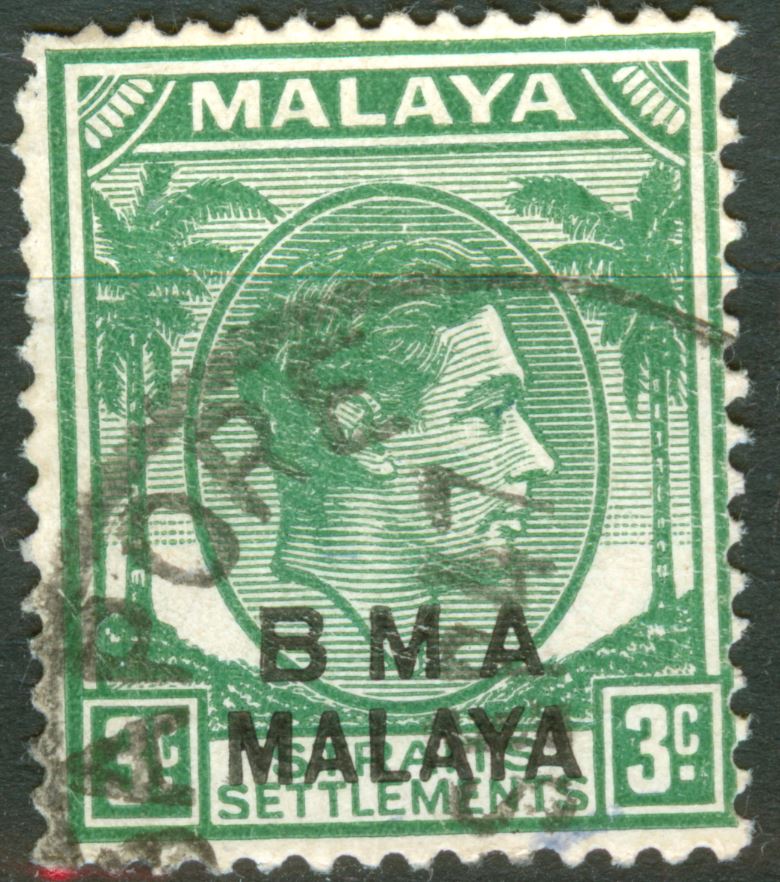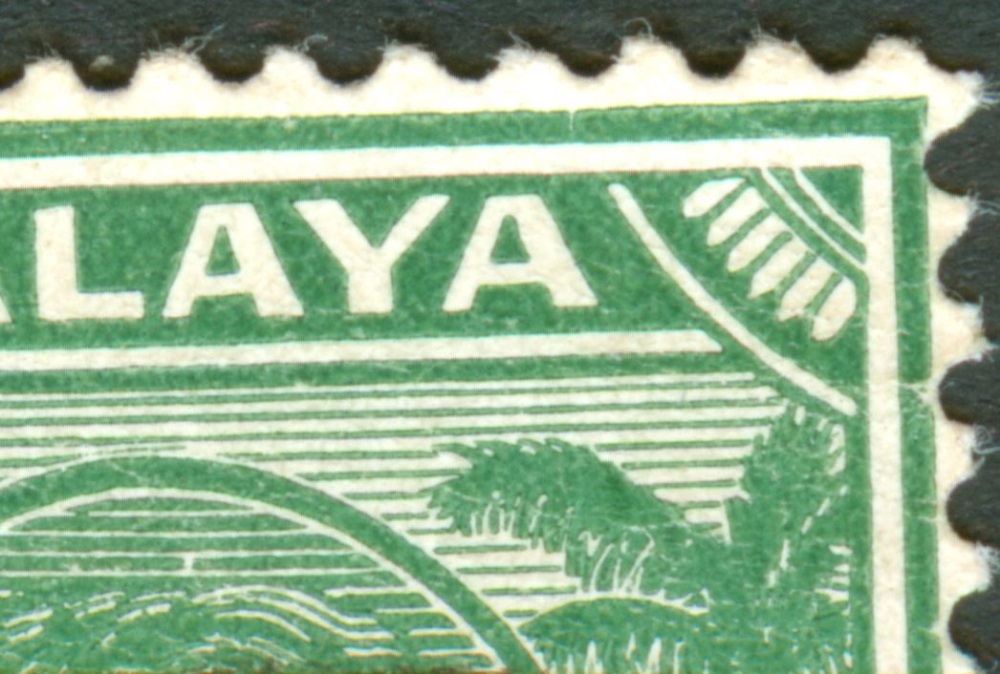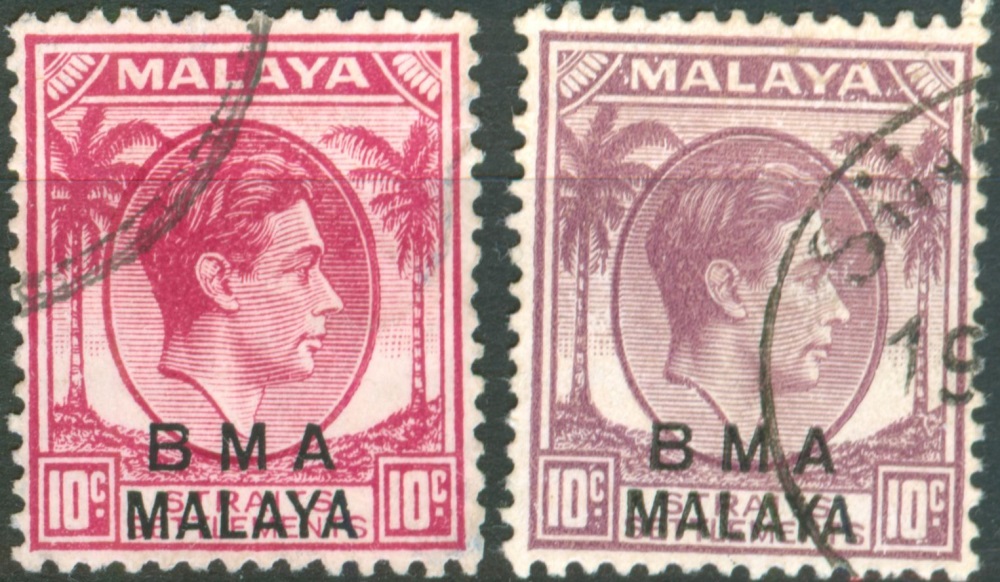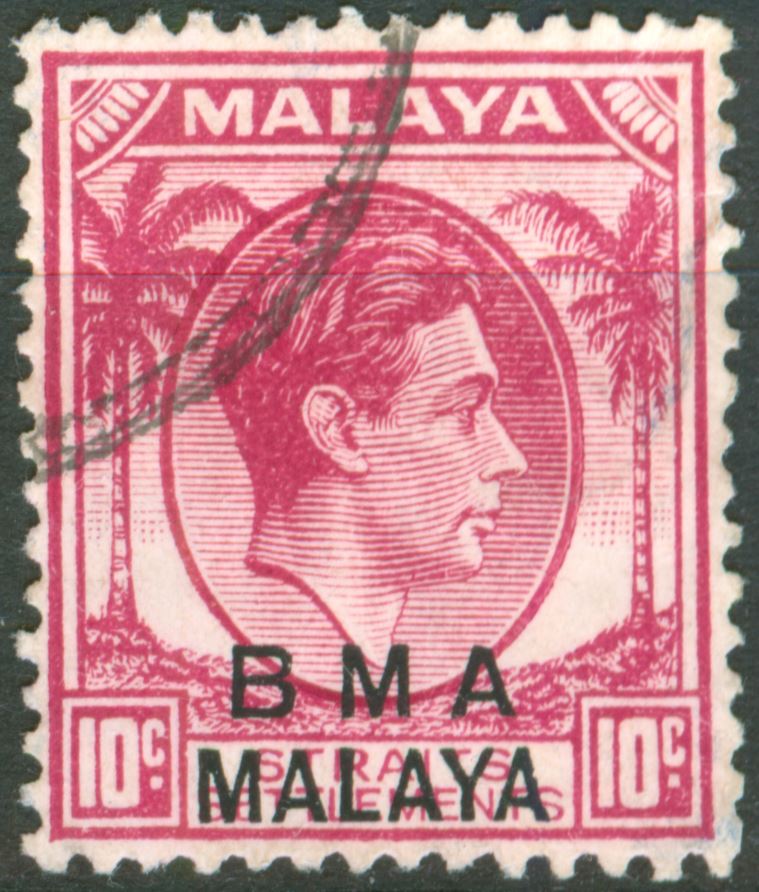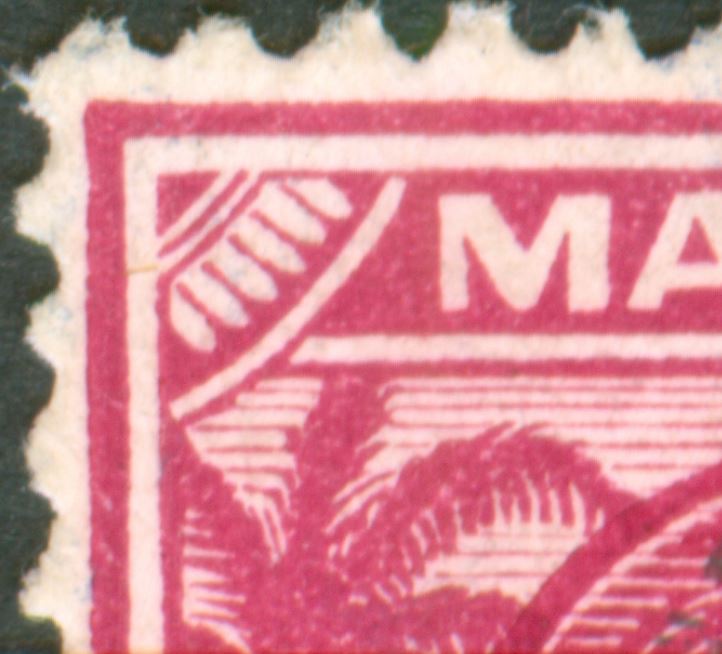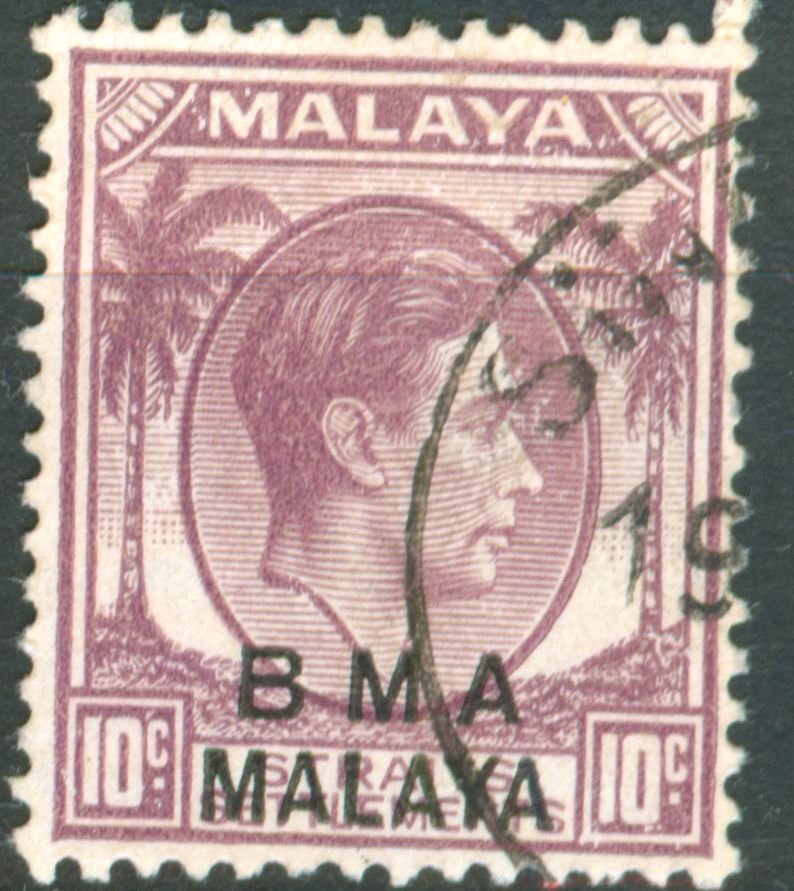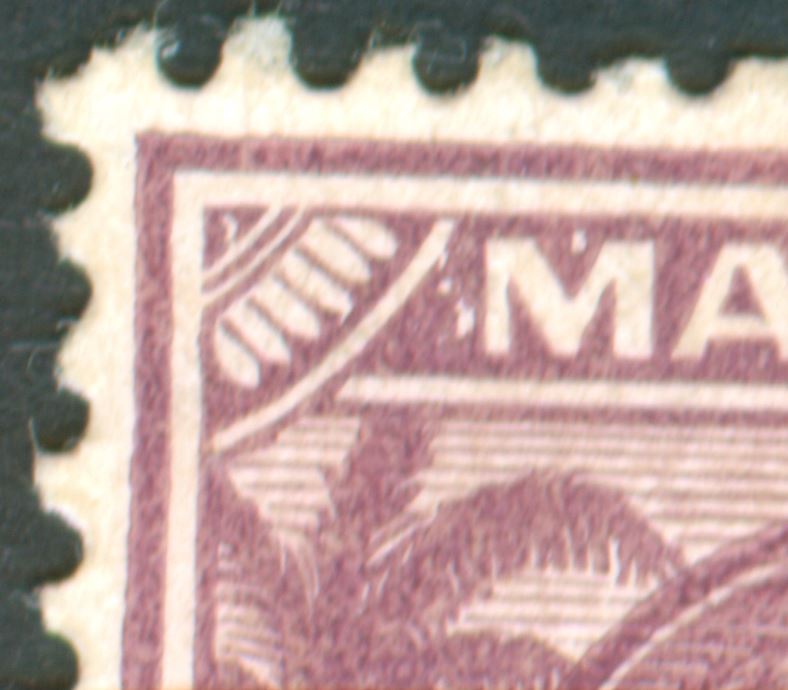It started again from here more or less [in Stampboards]! The "surface of the moon" was so familiar to me!60022Mallard escribió:Hello.
I am a collector of BMA Malaya stamps so the question of chalky and ordinary paper is of considerable interest.
I find it can be very annoying to look closely at chalky BMA stamps and find the tell tale black mark! To my mind it reduces its value considerably.
I am a follower of the observation test. I use a Ruper pocket lens. The one I have is a 10x and 20x. Looking on the web it seems to be their 5124 model, and not particularly cheap, but is readily portable to take to stamp fairs etc. such that you can often buy chalky at ordinary paper stamp prices and not purchase "chalky" stamps just on the say so of the vendor.
Using the 20x magnification you have to hold the stamp very close to the lens for it to be in focus. By looking closely at the white areas to the left and right at the bottom of the vignette you can clearly see the paper surface.
Look at the 5c brown as a guide. It is only printed on chalky paper which is smooth with blow holes which gives rise to "the surface of the moon". On ordinary or substitute paper you can clearly see the strands in the paper, sometimes with the "odd blow hole". After a little practice I feel sure you will be 90% sure one way or the other.
Note that cheap 20x, and more, magnification loupes do not produce this clear view of the paper. It seems to be the magnification and very short focal length which works for the Ruper.
I have yet to carry out a satisfactory silver test on the green 50c stamp. The surface of the moon impression is particularly strong on some of these stamps. I find about 50/50 which makes Gibbons valuation difficult to believe.
Some catalogues suggest that the thin striated paper stamps are "chalky" but in view of their price I would not want to silver test them. Hold them at an angle to the light looking from the side and the "lines" should be fairly readily visible or hold them up to a strong light or put them face down on a matt black surface where you can often clearly see the watermarks in the thin paper. They also have off white gums.
While mentioning the BMA Malaya stamps it is well worth examining your 10, 25 and 50c stamps under a UV detector.
In the 10c stamps, if I remember correctly, being away from home at the moment, you will find some where the head changes colour and some where the whole stamp changes colour. This I think tends to correspond with those used ones which when soaked off show purple on the back of the head area only or the whole stamp. On the 25c on one variety the head changes colour. On the 50c stamps look at the red BMA overprint, on many the red will stand out. This occurs on both surface of the moon and ordinary paper stamps.
The best reference source I know of for BMA Malaya stamps is a Gibbons Stamp Monthly article by the Rev. W. G. Cameron dating back to 1950. It is not infallible but better than anything in a catalogue that I know of. It makes a lot of sense on the varieties in colour of the 10c, where Gibbons does not seem to acknowledge the "reddish purple" stamps, and many other areas.
It used to be free on Gibbons website but believe you now need to subscribe to Gibbons on line to access it.
Happy collecting.
to be continued ...

